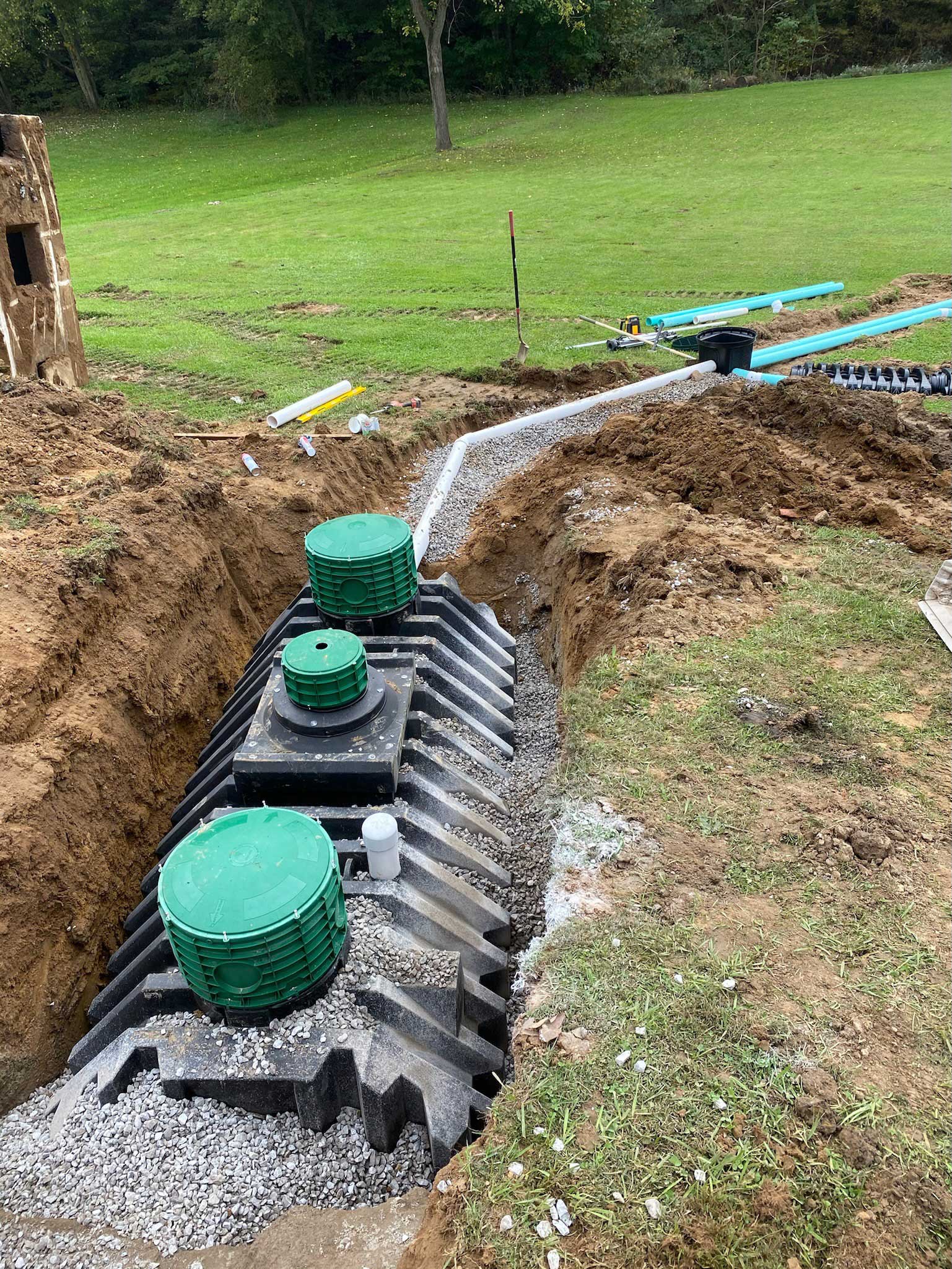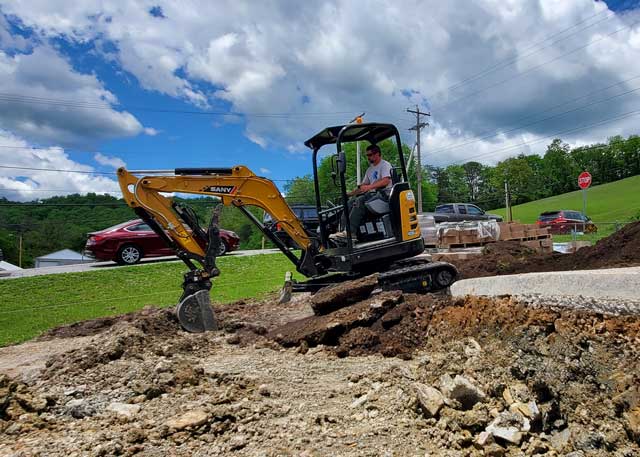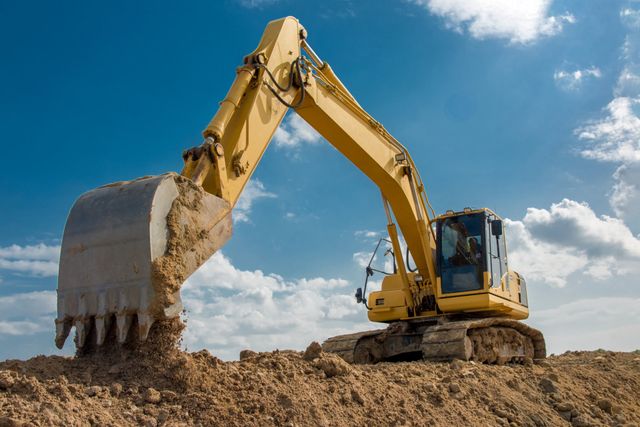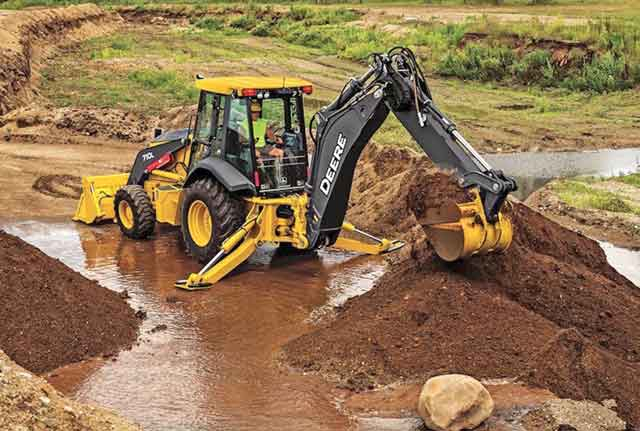Extensive Exploration: The Scientific Research Behind Superior Excavation Practices
The realm of excavation techniques is a domain where science links with workmanship to uncover the mysteries concealed below the planet's surface area. From ancient hand tools to modern hydraulic excavators, the evolution of excavation techniques has been a testimony to human resourcefulness and technological improvements. What really sets superior excavation practices apart is a deep understanding of geological principles, coupled with the application of sophisticated tools and techniques. By exploring the science behind these techniques, we can uncover the keys that exist below our feet and value the accuracy and experience that enter into every dig.
Development of Excavation Strategies
Throughout history, the advancement of excavation techniques has actually played an important function beforehand building and construction methods and historical discoveries. From the rudimentary devices used by our forefathers to the sophisticated equipment utilized in modern times, the development of excavation techniques has considerably transformed just how we come close to various tasks.
In ancient times, manual work with standard tools such as pickaxes, wheelbarrows, and shovels was the key technique of excavation. This labor-intensive procedure restricted the depth and range of excavations, often causing slow progression and limited access to particular websites. As people progressed, so did the devices and techniques used for excavation.
The Industrial Change noted a turning point in excavation techniques with the intro of steam-powered machinery. In modern times, innovation plays a critical duty in excavation, with developments like GPS systems, drones, and 3D scanning boosting accuracy and performance in the field.
Duty of Modern Technology in Excavation

The combination of cutting-edge technology has fundamentally revolutionized the area of excavation, improving accuracy and performance to extraordinary degrees - septic ohio. One of the key technological improvements that has considerably affected excavation practices is the utilization of General practitioner systems.
Additionally, the introduction of 3D modeling and simulation software program has structured the planning procedure for excavation jobs. Drivers and designers can now visualize the entire excavation process prior to beginning, maximizing and recognizing possible difficulties workflow. Combined with this, the implementation of drones in excavation activities has actually helped with aerial surveys, volumetric measurements, and website inspections with unequaled speed and precision.
Geological Principles in Excavation
An understanding of geological principles is essential for making sure the architectural stability and security of excavation websites. Geological factors play a vital role in establishing the usefulness and safety of excavation projects (lancaster excavation). One vital geological concept to think about is the kind of dirt or rock existing at the site. Different soil types, such as sand, crushed rock, or clay, have varying levels of security and require different excavation techniques. For example, natural soils like clay might require additional support to protect against collapses, while sandy soils may be susceptible to disintegration during excavation.
In addition, the geological structure of the location, consisting of mistakes, cracks, and rock developments, should be meticulously evaluated to recognize possible risks and difficulties. Digging deep into near geological fault or unsteady rock formations can result in instability and possible hazards. By carrying out extensive geological studies and analysis, engineers and excavators can establish approaches to minimize risks and ensure the effective completion of excavation projects. Inevitably, integrating geological principles right into excavation methods is important for attaining safe, effective, and sustainable outcomes.

Most Current Tools for Excavation
In the world of excavation techniques, contemporary technologies in tools have transformed the efficiency and precision of excavation processes. One of the most recent devices making waves in the industry is the usage of drones geared up with advanced imaging modern technology. These drones can supply detailed airborne studies of excavation sites, providing real-time data on topography and potential threats. This information help in much better preparation and decision-making during the excavation procedure.
Another cutting-edge device acquiring popularity is the read here execution of 3D printing innovation for creating personalized excavation tools. This permits the production of specialized devices that are tailored to important site the certain demands of a project, boosting performance and minimizing downtime.
In addition, innovations in materials science have led to the advancement of stronger and extra sturdy excavation tools. lancaster trenching. Tungsten carbide-tipped excavator attachments, for instance, deal remarkable performance in challenging ground conditions, boosting performance on-site
Scientific research's Influence on Excavation Practices

Furthermore, improvements in products science have actually caused the development of more powerful, more long lasting excavation tools and devices. As an example, making use of composite products in shovels and diggers has boosted their efficiency and longevity, ultimately boosting efficiency on excavation websites. Furthermore, scientific research study on soil technicians and geotechnical engineering has actually offered beneficial insights right into soil habits, allowing excavation experts to make informed decisions regarding excavation techniques and dirt stabilization strategies. On the whole, science proceeds to drive technology and enhancement in excavation techniques, making excavation projects much more reliable, cost-efficient, and sustainable.

Conclusion
To conclude, the advancement of excavation strategies has been greatly affected by improvements in innovation and a deeper understanding of geological concepts. The most recent tools and equipment made use of in excavation have actually enhanced efficiency and accuracy in the area. The application of scientific expertise has actually dramatically improved excavation techniques, causing more effective and sustainable approaches for excavating numerous kinds of materials.
In the world of excavation methods, modern advancements in devices have actually revolutionized the efficiency and precision of excavation procedures. By leveraging clinical principles, the excavation sector has actually been able to dramatically enhance effectiveness, accuracy, and safety in excavation procedures. GPR enables excavation teams to non-invasively scan and map subsurface frameworks, energies, and potential risks, enabling them to plan excavation projects with greater important link precision and minimized danger of accidents.
Additionally, scientific research on soil mechanics and geotechnical design has actually given valuable understandings into soil actions, allowing excavation professionals to make informed decisions relating to excavation techniques and dirt stablizing methods. Generally, scientific research continues to drive technology and enhancement in excavation methods, making excavation jobs much more effective, economical, and sustainable.